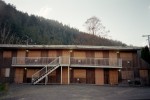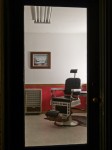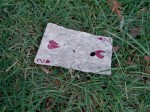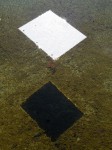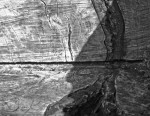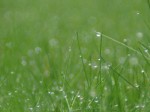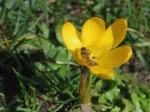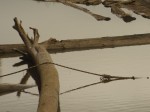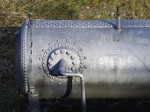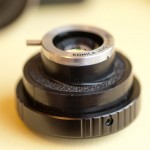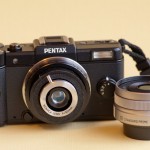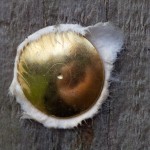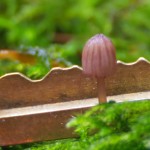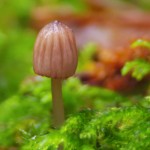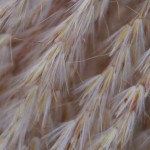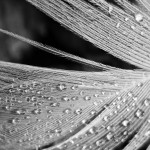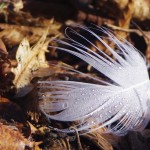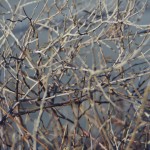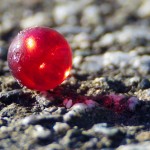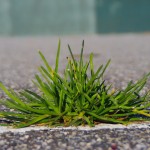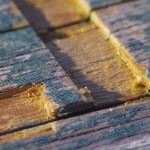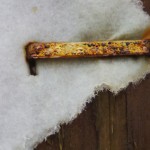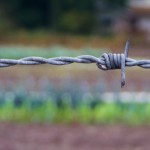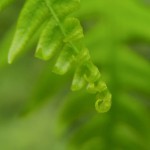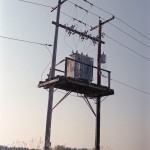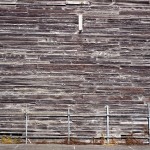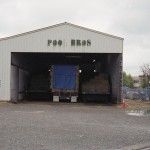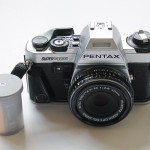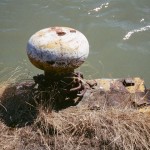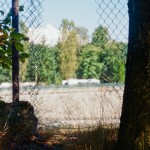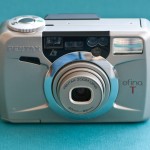Apr
28
2013

I’ve had my new Pentax K-01 for just over a week now and have been trying it with different lenses to see what works best. Ergonomically the K-01 is not the best camera but once you adapt it is fine, there aren’t any obstacles that permanently get in the way of taking pictures. The camera seems best when paired with smaller lighter lenses like the SMC Pentax-A 1:2.8 28mm but I was also surprised to find that the DA12-24 is also a good match, the DA*16-50 and DA*50-135 however seem too front heavy. Manual focusing is great with focus peeking and the autofocus is fast and accurate (I have the latest firmware Ver 1.03). And ultimately what really matters is that the image quality is great.
Design wise it certainly is different from other cameras on the market but I don’t see it as being quite as radical as some people have made it out to be. As is well known it was designed by Marc Newson for Pentax, it’s just too bad he didn’t get a few more opinions on the button layout. The look of it though has grown on me and composing with the rear LCD has its own appeal. You can keep both eyes open and remain aware of what is around you and all the information you would want is available right on the screen as you compose your picture.
The perfectly matching strap was just a matter of luck. I bought it from Couch Guitar Straps who specialize in hand-made guitar straps but make other items too. Not only does the Yellow and Black Racer X strap look good on the K-01 it fits perfectly for wearing it across the chest and the width is also super comfortable. Straps used to be this wide what happened? My new favourite strap, there isn’t even a second place anymore.
How about these beauties? Sony makes an inordinate number of appearances and the other Pentax should be easy to spot.
More pictures will come as I continue to test different lenses on the camera but for now here are a few yellow tributes
As a side note the lemons are shot at 3200 ISO, which is a very usable sensitivity with this camera.
2 comments | tags: camera, design, Pentax | posted in Cameras, Photography
Apr
11
2013

The last time I used my Pentax UC-1 it didn’t rewind the film and I had to do it by hand in a dark bag (back pack) I lost a few frames to the light in the process. Well I found another UC-1 and it worked great, Yah for me, I’ve like these cameras ever since I first tried one. The 32mm focal length is a nice compromise between 28mm and 35mm and the camera itself takes up so little room.
2 comments | tags: film, Pentax, UC-1 | posted in Cameras, Photography
Apr
8
2013

Pentax has released a new firmware update for the Q PENTAX Firmware Update Software for Q which dramatically improves the autofocus, especially in low light. It wasn’t that the Q was bad before but there is a noticeable speed increase. At the moment though the only lens I own with autofocus is the standard prime. A quick test in very low light shows that the camera is able to focus at 3200 ISO f1.9 and 1/4sec which is about -1EV which is very good and approaching DSLR levels.
I often take the Pentax Q with me when I’m out simply because it outperforms its size. What I mean by that is for the small amount of space it takes up it exceeds any other camera I have. It can be jammed into a jacket pocket or worn around the neck either way it’s hardly noticeable. As for wearing it that’s something that gets little mention, most cameras its size don’t have a neck strap and I prefer to wear cameras that way rather than with a wrist strap. This gallery of images from the last two weeks were taken with the 01 prime lens the 03 Fish Eye and my Homebrew 40mm.
7 comments | tags: Digital, lenses, Pentax | posted in Cameras, Photography
Mar
21
2013

I chose this lens from my parts bin because it was a complete package including a helical focus system, unfortunately I don’t know what camera it came off but it appears to be a 40mm f2.8. That 40mm when converted to a full frame equivelent is 220mm. Once I figured out the distance it needed to be placed from the sensor I mounted it on the end of a piece of ABS tubing which also attached to a modified Q to C-mount adapter I had purchased on the internet. Initial testing was done with no aperture, it was wide open. The resulting images were soft and lacked contrast as you can see with these following images.
My next step was to line the inside of the lens with black velvet paper to keep down the internal reflections and create a fixed aperture to try to improve the lens performance. These changes had a dramatic impact on image quality.
But I wasn’t quite done. I made a new aperture that was a bit smaller and did some more testing. This is the state that it is at right now.
I was likely 100 feet away from the rebar in the one picture and you can see that the bridge, hundreds more feet away, was also in focus. That isn’t always a desirable quality especially if you want to use selective focus to separate different planes in an image but on the other hand this is a feat you can’t easily accomplish with a large sensor camera if it is what you want. And the lens is very small I might add.

A final note here is a comparison 100% crop from the Nikon P7000 at full zoom (200mm equivalent) vs the Q homebrew (220mm equivelent). The Q is on the left.

3 comments | tags: lenses, Pentax, Q | posted in Cameras, Photography
Feb
28
2013
When Pentax released the tiny mirrorless Q camera a lot of people’s immediate reaction was to dismiss it solely based on its sensor size of 1/2.3″ (6.17 x 4.55 mm), but in doing that I think they are missing the point. I don’t see the Q as a replacement for any other type of camera necessarily but something entirely unique. I find the image quality adequate for snap shots particularly with the 8.5mm prime lens and with the addition of the fisheye lens there is nothing else like it that can fit in a coat pocket. The only time I choose to take my larger Nikon P7000 is if I think I will need the longer lens but that too can be addressed with the recently announced Pentax 06 zoom with its f2.8 83mm to 249mm equivalent in terms of “full frame”. But as this is a comparison of sorts, despite the difference between the type of cameras what really matters is the image in the end. Yes the K10D is now 6 years old but it’s still a DSLR and you would expect it to decisively out perform the Q if you just look at the size of the sensors.
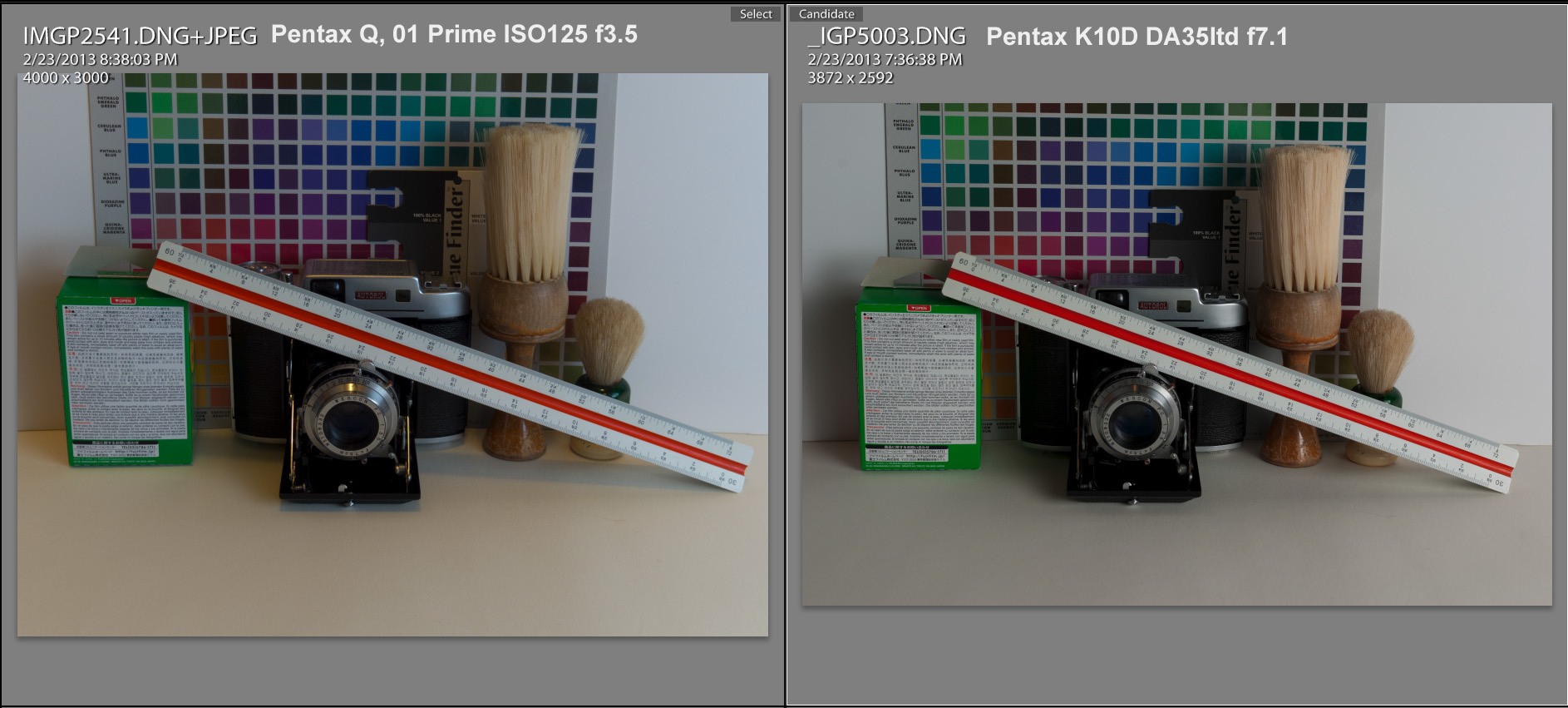
For this test I used the Pentax 01 Prime lens at an aperture of f3.5 which gave me enough depth of field for my scene yet did not result in a softening of the image due to diffraction. For the K10D I used the excellent Pentax SMC DA35 ltd. at an aperture of f7.1 which also yielded enough depth of field and good lens performance. There is a small difference in the field of view for these lenses so I did my best to match it and also the Q sits much lower on the tripod so I had to adjust for that as well. Both cameras were set to P-TTL flash exposure using two AF540fgz flashes into an umbrella. I found the Q exposure and colour to be slightly more accurate but both were shot as RAW. My purpose was not to test the two cameras necessarily at the same setting but at their individual best much as I would try to use them.

You can see in this first example that the K10D’s rendering of the bristles is much sharper and better defined. This is from an area of the image some way from the center but not really yet a corner. Chalk one up to the K10D and the DA35 ltd
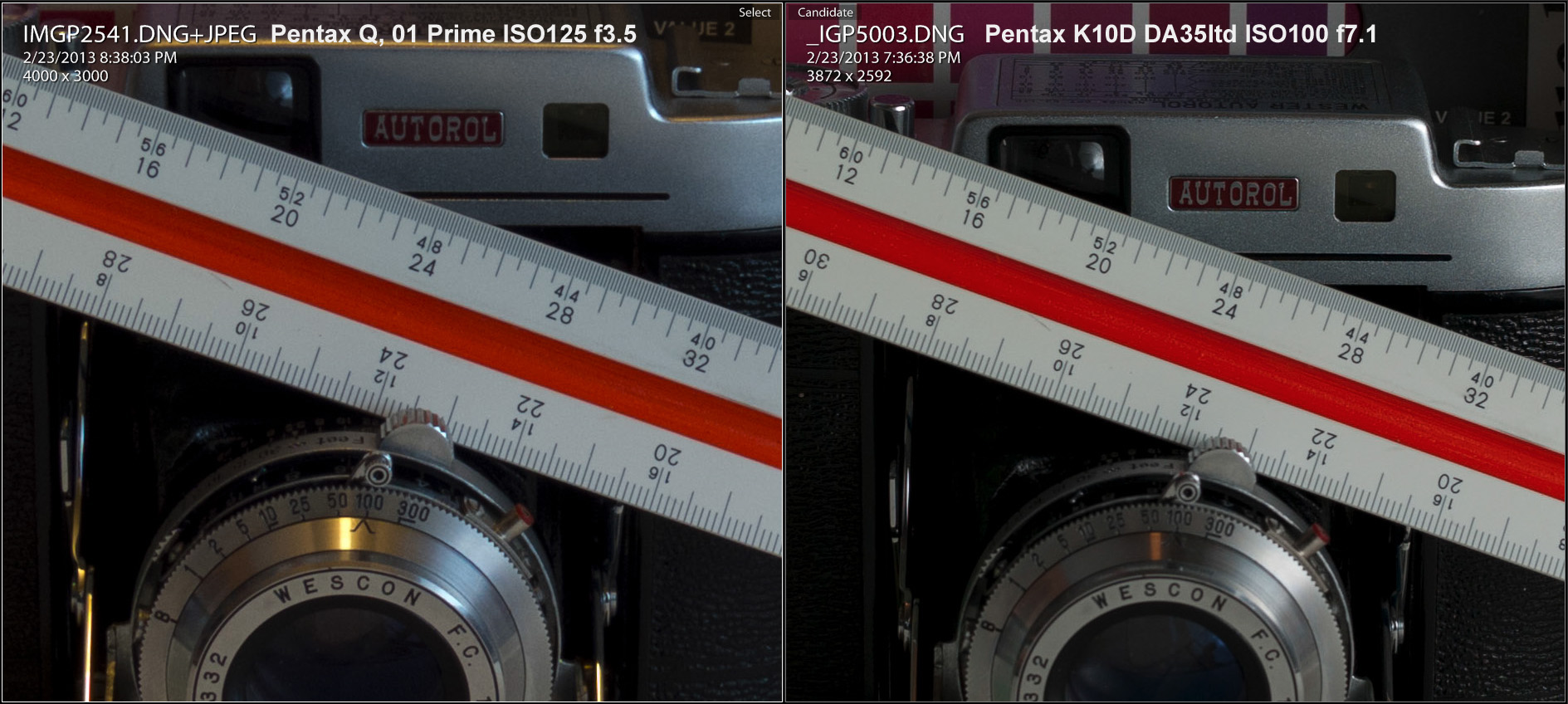
Towards the center of the image I find it to be a bit of a toss-up they both seem to have a similar level of sharpness with the slightly higher resolution of the Q perhaps allowing for more detail, I would call this a tie though when I take into account what appears to be slightly different point of sharpest focus.
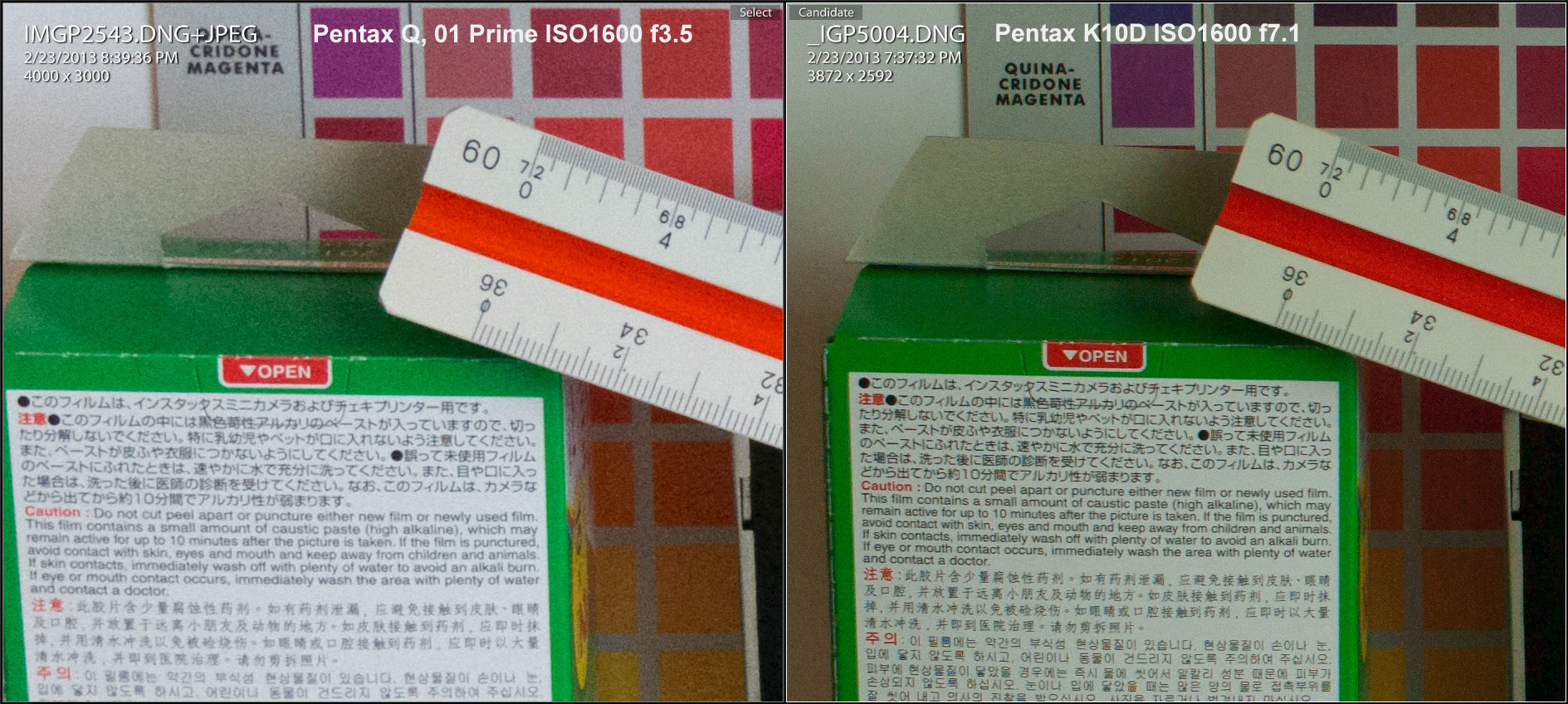
At 1600 ISO though the two cameras behave very differently there is more noise in the Pentax Q image but it also retains more detail as seen in the marks on the ruler. As a person that still shoots 1 to 2 rolls of film a week I find the Q produces noise that looks a lot more like film grain so I prefer it. What I take from this testing is that for everyday shooting the Q performs well enough that it can be my primary camera and only when I need to do something outside its capabilities is it necessary to choose something else. Of course many people are saying this of smart phones with their cameras so it stands to reason that the Q is up to that task. A small amount of online research shows just how much effort is going into engineering small sensors mostly because of smart phones so there is likely to be a quicker and more dramatic level of development in this area.
5 comments | tags: K10D, Pentax, Q | posted in Cameras, Photography
Dec
21
2012

Note the letter Q is silent. If you’ve stumbled across this information erroneously in an effort to find something meaningful on the Internet my apologies. So what is this oddity? I’m pleased you asked, no one else ever does. I’ve taken the lens from an APS film Konica Revio CL which has a 25mm focal length and a speed of 1:6.7 and adapted it to the Pentax Q mount. In order to do this I’ve duplicated the distance from the back of the lens to the film only now it’s to the sensor. During the disassembly I preserved the helical focus mechanism. I now turn it by hand using a small stud threaded into the decorative front of the lens. The lens itself is no great performer it’s 3 elements in three groups and doesn’t appear to have any coatings. I’ve found that despite my best efforts at focus most of my mid to far distance shots are on the soft side. This could partially be attributed to defraction caused by the 6.7 f-stop. Where this lens does perform well is at close distances and as a macro lens. The 25mm focal length on the Q yields a “35mm full frame” equivalent of 138mm, that coupled with the fact that the over-ridden focus allows you to get within inches of the subject, you have a large degree of magnification. 
Back to the Q being silent, not only is the Letter Q silent in the name of this lens the camera itself is completely silent as it now uses its electronic shutter. A note on focus. In order to focus reasonably well I’ve turned on focus peaking which was added to the Q with firmware upgrade 1.10, additionally I’ve set 4 times magnification on when manually focusing. The magnification is enacted by pressing OK on the rear control dial. To provide an idea of how small an object you can photograph with this lens here is a lilliputian mushroom in front of a pad lock key. 
For me I see using the Pentax Q as an opportunity to expand the boundaries of what I’m able to photograph, this is the reason I recently purchased the Pentax fisheye lens and am building lenses that do something I can’t do with any of my other gear. Next on my build list are a wide-angle and a telephoto.
3 comments | tags: Konica, lens, Pentax | posted in Cameras
Nov
12
2012

While not quite pocketable the combination of the Pentax Super Program and the M40 Pancake lens does make a relatively small package. I used some off brand film that was outdated by 6 years but it seems to be fine for this use and I made some extreme adjustments to the digital files anyway.
Other cameras in this small SLR class would be the Nikon FG and the Olympus OM-1 both alternatives having better direct exposure controls.
5 comments | tags: film, lens, Pentax | posted in Cameras, Photography, Processing
Oct
24
2012
Much like the Canon Elph the Pentax efina T is a tiny little metal wonder. The Pentax has slightly more zoom range but gives up some light gathering ability with a slower lens. The image quality through the lens is surprisingly good but of course in the end it is APS film and it is quite grainy.

A nice feature of this camera is the large mode dial around the shutter, rather than poking at tiny little rubber buttons you can know with certainty how the camera is set.
no comments | tags: APS, film, Pentax | posted in Photography
Oct
1
2012
I have a mix of outdated APS film that must have been stored in the desert, the results are horrendous producing “thin” (see note) negatives that have horrible colour casts mostly a sickly green with red shadows. Oh well isn’t that what Instagram does? I’m embracing this and just shooting it anyway.
Speaking of Instagram this little roll of APS has an interesting social media life. The local camera shop where I have my film developed had an issue with their film developer so they sent this roll out to be processed at another store where they have custom work done. Now we’ll say the film was lost track of, not actually lost just a lack of certainly of where it was. It’s at this point that the person doing the developing takes an Instagram shot of the APS roll to show the old school 1990’s. If your still following me, the person at the first store sees this and asks if the name on the package is for Koopmans (that’s me) and it turns out it is. Film found, the moral of the story is that Instagram is good and APS is old school.
These images were shot with the Pentax Efina T which I will give another try because it really isn’t the cameras fault I loaded it with crappy film.
* A thin negative in this case is one with low amounts of silver halide forming the image resulting in a negative that has low density and contrast, not a lot of information captured. There really is no digital analogue but if you can imagine the histogram it would be a very narrow spike. (yes I just did that, using the noun analogue in reference to the adjective digital)
2 comments | tags: APS, film, Pentax | posted in Cameras, Photography, Processing
Sep
4
2012
No not that awkward day at school when you wore that unfortunate shirt and had that weird haircut. This was just a fun morning of taking pictures shared with another photographer. Here is the link to Duncan’s blog post for the same “Picture day” Granny and Grumpa’s Antiques
We decided to meet at a place in Abbotsford that is renowned for it’s antiques and collectibles, Granny and Grumpas. Neither of us had been there before and despite knowing that there would be a lot to see there was more than I expected. As we were there to take pictures and not necessarily to buy anything we made a small donation before heading into the antique abyss. There really is more than you can take in a short period of time. The other thing to consider photographically is that most of the interiors are very dark. I brought three lenses with this in mind the DA 35 Macro Ltd, DFA 100 f2.8 macro WR and the FA 50 f1.4 as well as a flash the Pentax AF540 FGZ. While using prime lenses limited my framing options the close focusing of the macro lenses worked in the sometimes tight spaces. I ended up with at least as many images on my phone for Instagram as I took with my DSLR but here are some of the latter.
If your wondering what an image of a pond covered in algae has to do with antiques, well that’s another story best asked of Duncan “Wet foot” Turner.
2 comments | tags: Antiques, Digital, Pentax | posted in Photography














